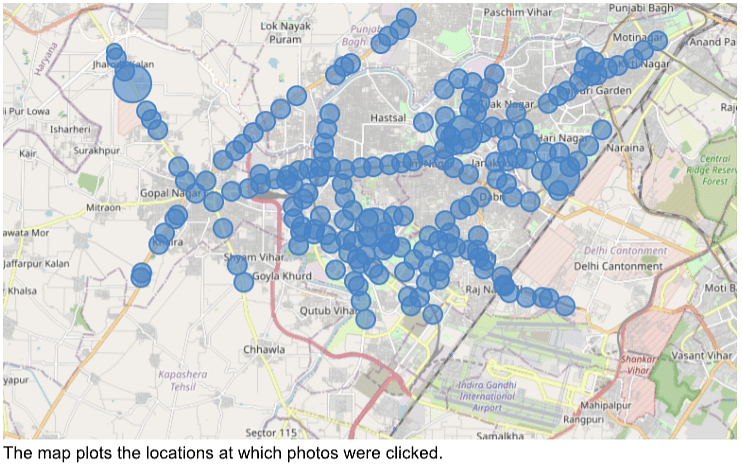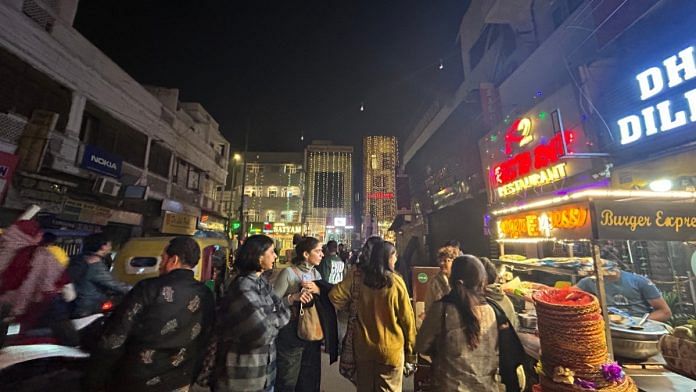Thank you dear subscribers, we are overwhelmed with your response.
Your Turn is a unique section from ThePrint featuring points of view from its subscribers. If you are a subscriber, have a point of view, please send it to us. If not, do subscribe here: https://theprint.in/subscribe/

On average, about 81.5% of the people on the street were men. The average proportion of men across various locations was 86.7%, which suggests that somewhat busier places have somewhat more women. There are reasonable extenuating explanations, including that Delhi is a migrant city, but none for deviations as large as 30%. Much of the bias may lie in the real (and perceived) threats of molestation, violence, harassment, patriarchy (allowing wives, daughters, and sisters to go out to work or for recreation), discrimination in employment, and similar things.
These pieces are being published as they have been received – they have not been edited/fact-checked by ThePrint

